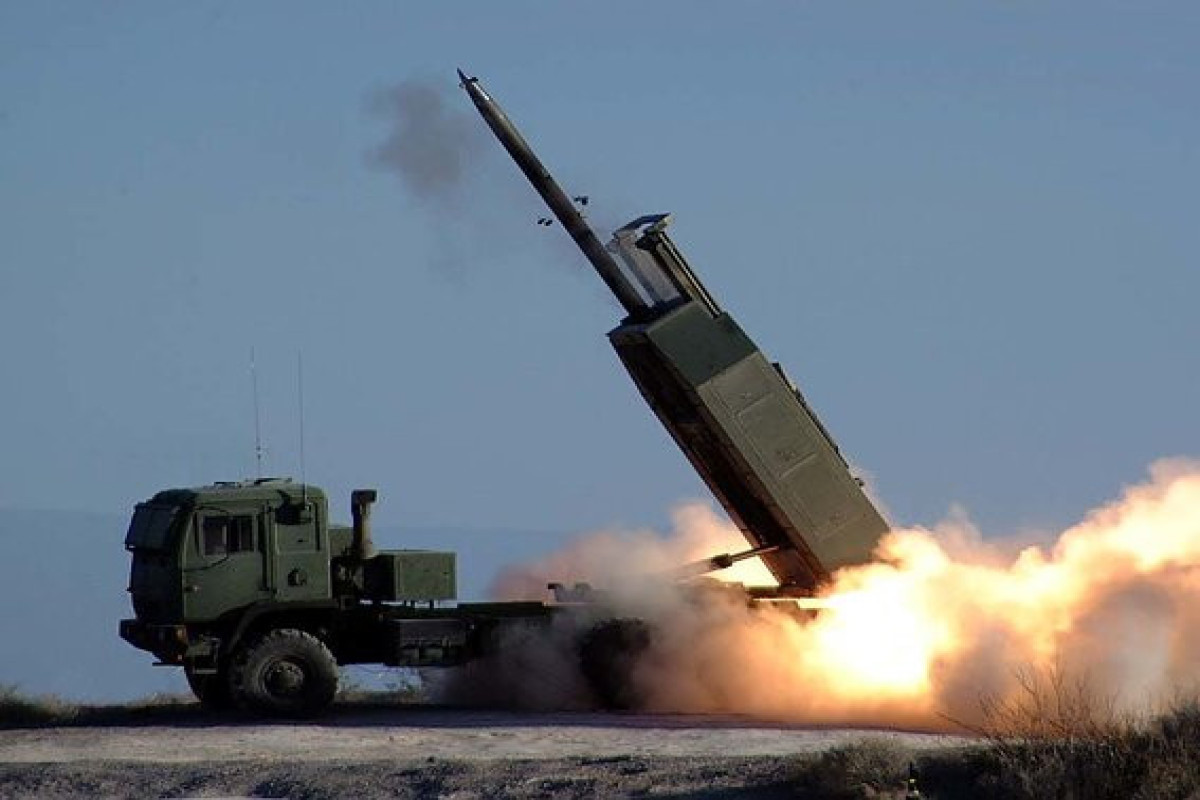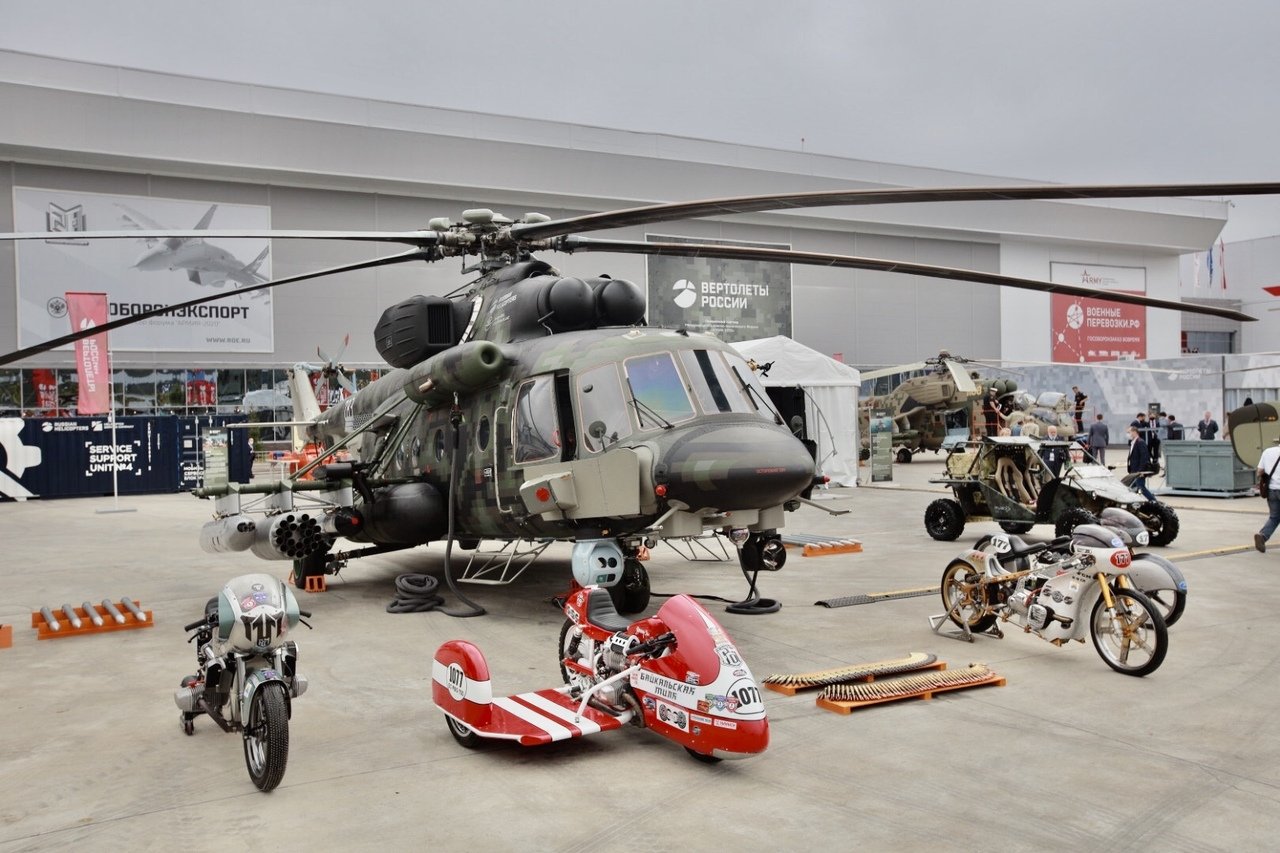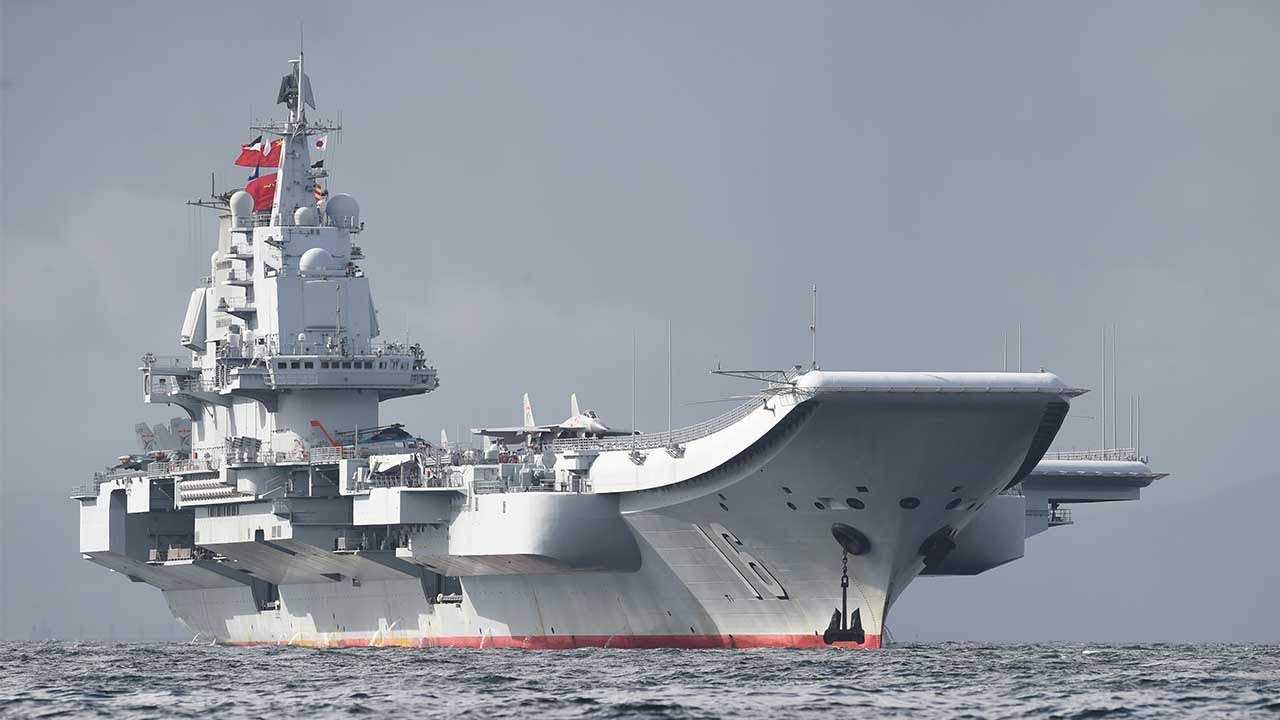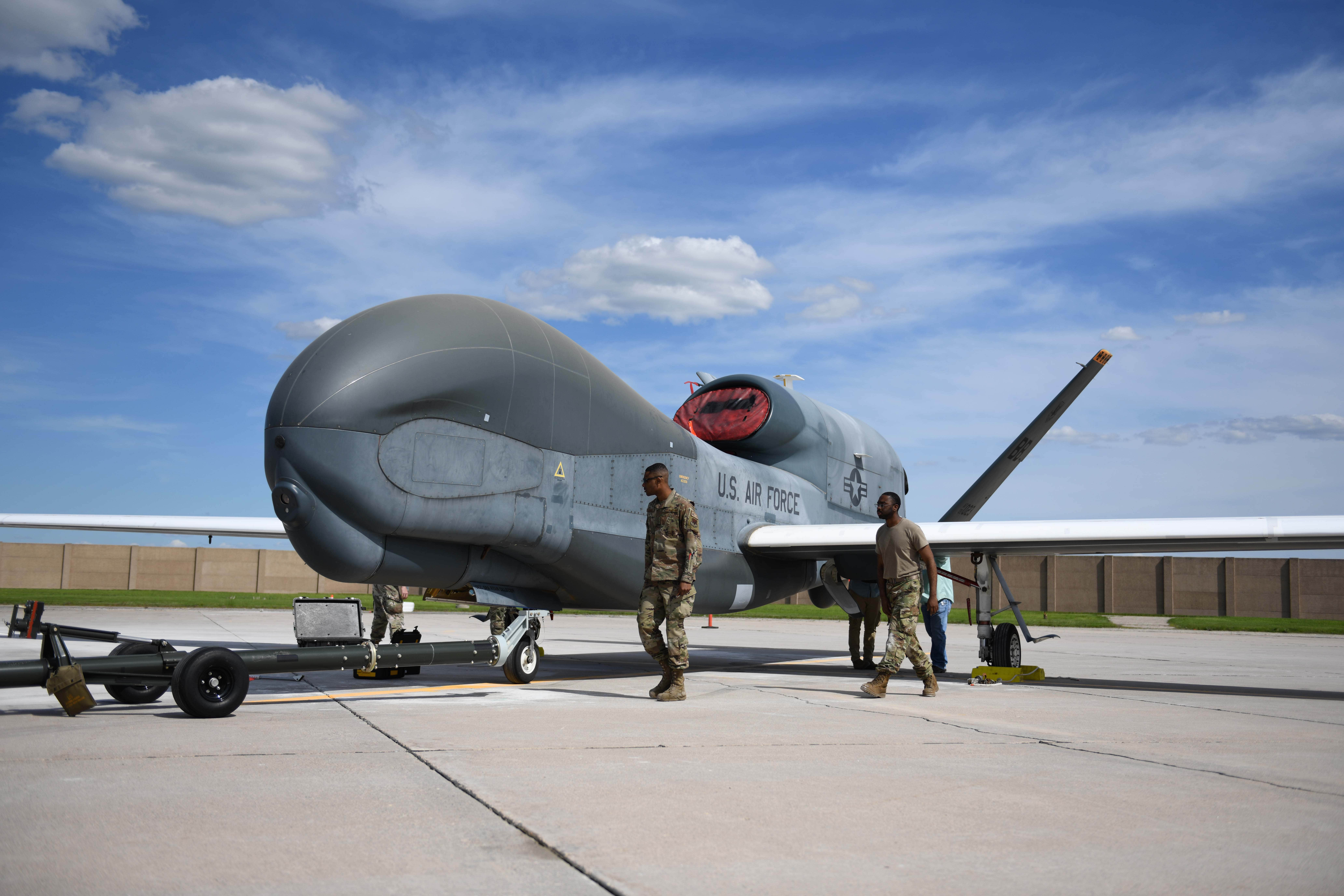Lockheed Martin CEO recently announced the corporation’s facility in Camden, Arkansas, will increase production of the HIMARS missile launch system to 96 units a year, according to Reuters news agency .
At the beginning of 2022, Lockheed was producing 48 HIMARS/year. After that, the company increased production to 60 units/year.

HIMARS is one of many missile systems provided by the United States to Ukraine, helping the Ukrainian armed forces achieve certain victories.
A new $2 billion US military aid program for Ukraine was announced by the Pentagon on February 24, specifically including ammunition for HIMARS.

Lockheed describes HIMARS as a highly reliable, combat-proven system that “exceeds all performance requirements”.
“When you have a combat-proven system, that drives demand,” said Jennifer McManus, vice president of missile operations at Lockheed.
The successful deployment of HIMARS in Ukraine , has caused a domino effect in the region. Poland bulk order. Several other countries, including Lithuania, Latvia, Estonia and more recently the Netherlands, “lined up” to buy HIMARS.

The Ukrainian military hails HIMARS as a game-changing system in the war against Russia. To compensate for the weakness of the air force, the Ukrainian army quickly carried out precision strikes at long distances with the HIMARS missile system.
This led Russia’s General Sergei Surovikin to admit that Ukraine’s counter-offensive in the southern Kherson region had put the Russian military in a “difficult” position, in his first interview after he took office as commander in 2014. 2022.
The High Mobility Artillery Rocket System (HIMARS) is a mobile, light artillery rocket system manufactured by the American defense contractor Lockheed Martin. The HIMARS is a highly effective and lethal weapons system, designed to provide precision fire support for ground forces.
The system uses the M270 rocket launcher mounted on a 6×6 truck chassis, which allows for rapid deployment and mobility on the battlefield. The M270 launcher can fire a variety of rockets, including the Guided Multiple Launch Rocket System (GMLRS), which has a range of up to 300 kilometers (186 miles) and can be equipped with various types of warheads, such as high explosive, penetrating, or cluster munitions.
The HIMARS is equipped with a fire control system that includes a GPS receiver, inertial navigation system, and laser guidance system, which enable the system to accurately target and strike enemy positions. The system also has a digital communications suite that allows it to receive and transmit real-time battlefield information, enhancing situational awareness for both the HIMARS crew and friendly forces.
The HIMARS has been extensively used by the U.S. military in various conflicts around the world, including Iraq and Afghanistan, where it has proved to be a highly effective weapon system. It has also been sold to a number of international customers, including the United Arab Emirates, Jordan, and Romania.
Despite its effectiveness, the HIMARS has also faced criticism from some quarters due to its potential for causing civilian casualties and damage to infrastructure. Critics argue that the system’s high explosive and cluster munitions can cause collateral damage, which can harm innocent civilians and cause long-term environmental damage.
In response, Lockheed Martin has emphasized that the HIMARS is designed to minimize collateral damage and that its precision capabilities and advanced fire control systems allow it to accurately target enemy positions while minimizing the risk to civilians and infrastructure.
Overall, the HIMARS remains a highly effective and lethal weapon system, providing ground forces with a powerful and mobile rocket artillery capability that can strike enemy targets with precision and speed. Its future deployment and use will likely continue to be a subject of debate and scrutiny as military forces around the world seek to balance the need for effective military capabilities with the imperative to minimize civilian casualties and damage to infrastructure.





